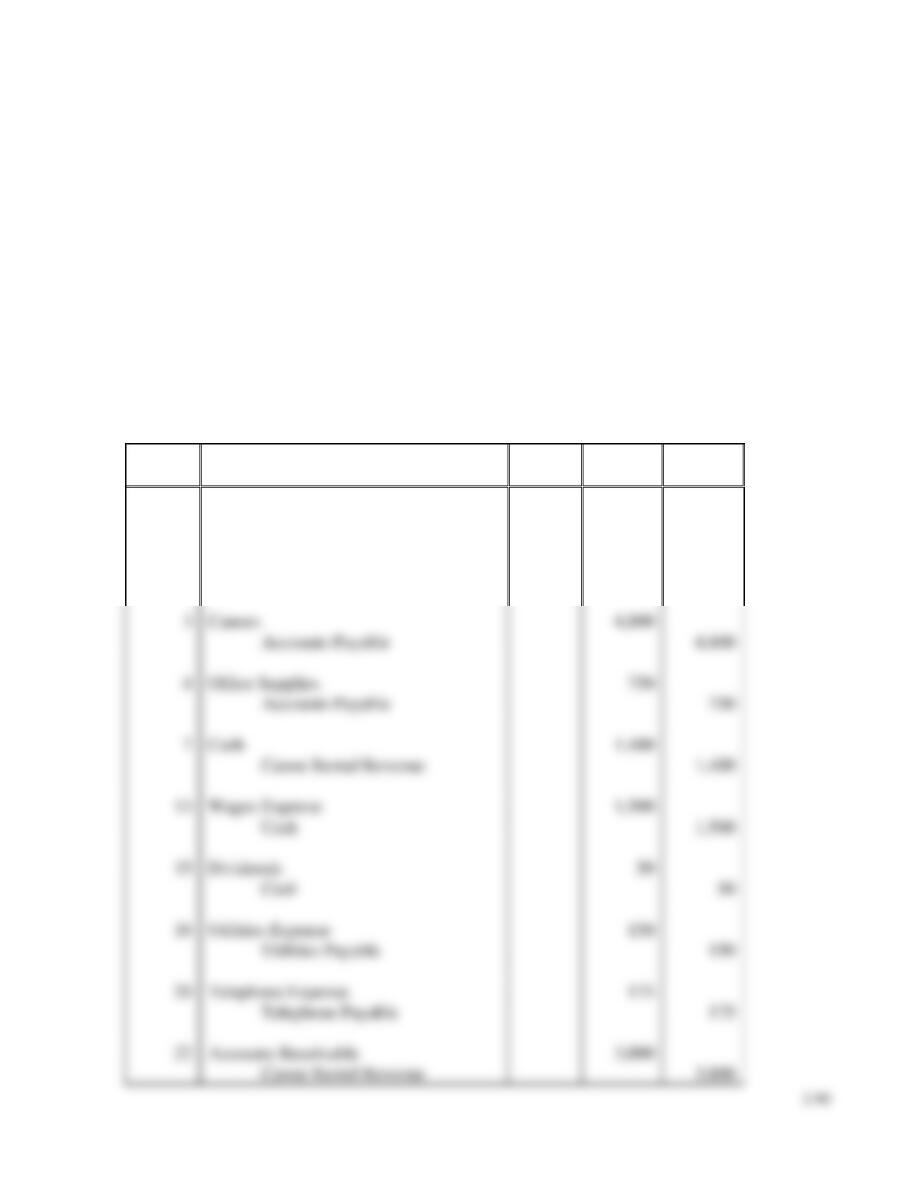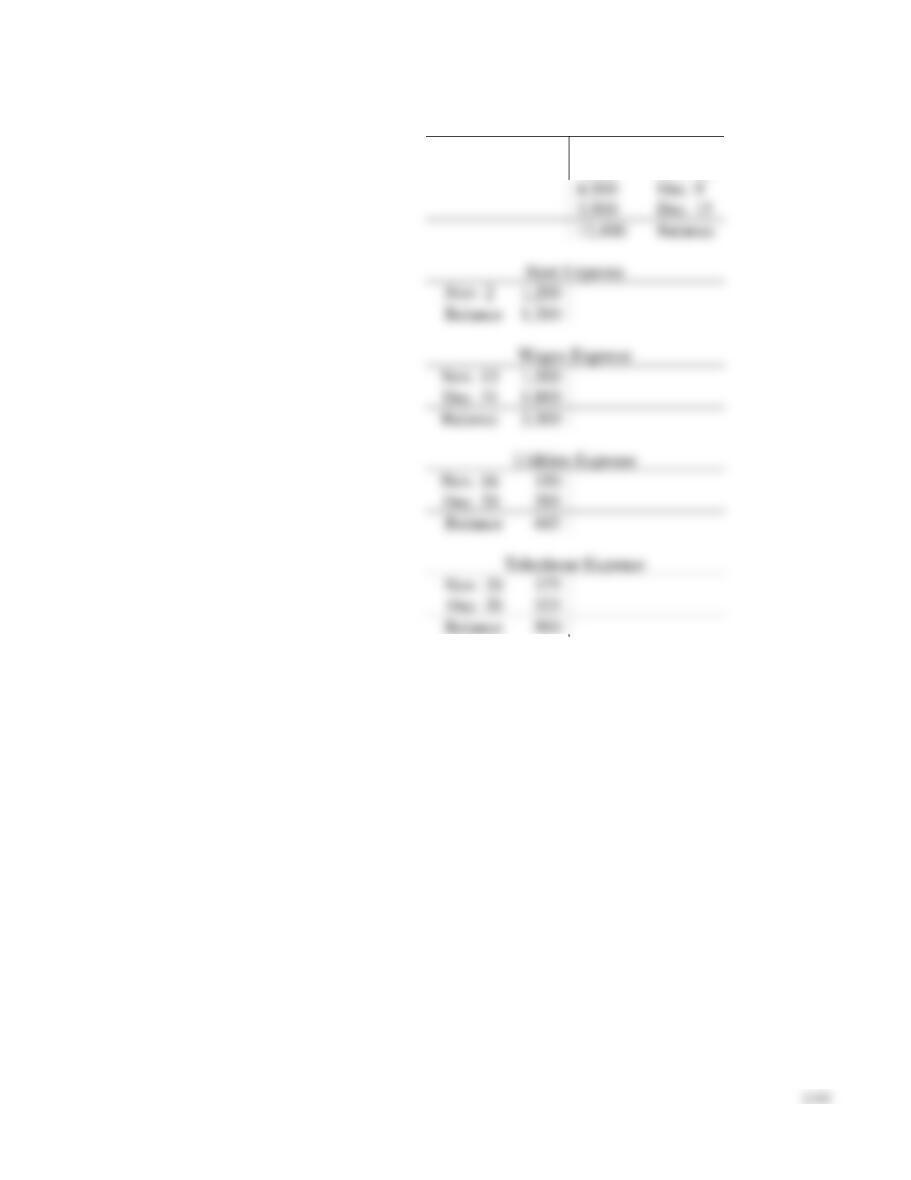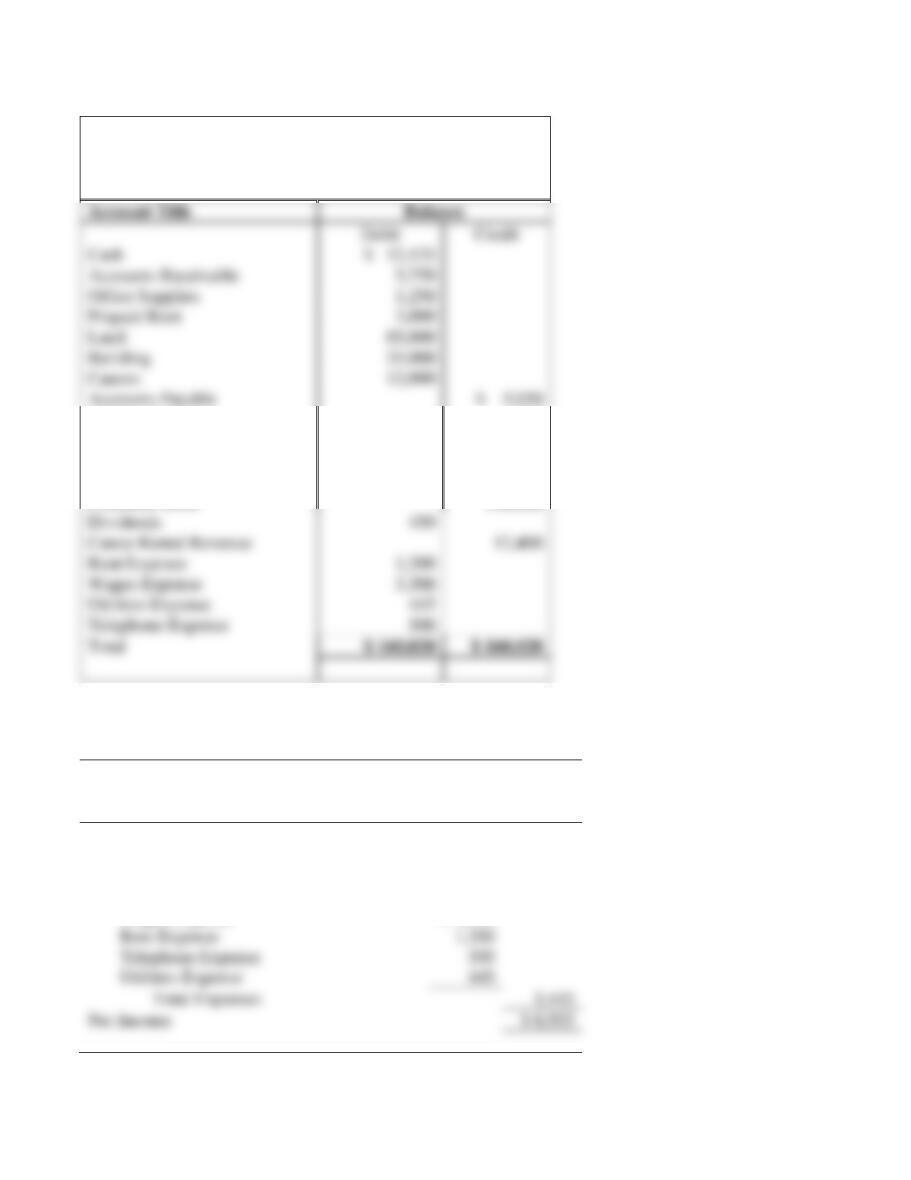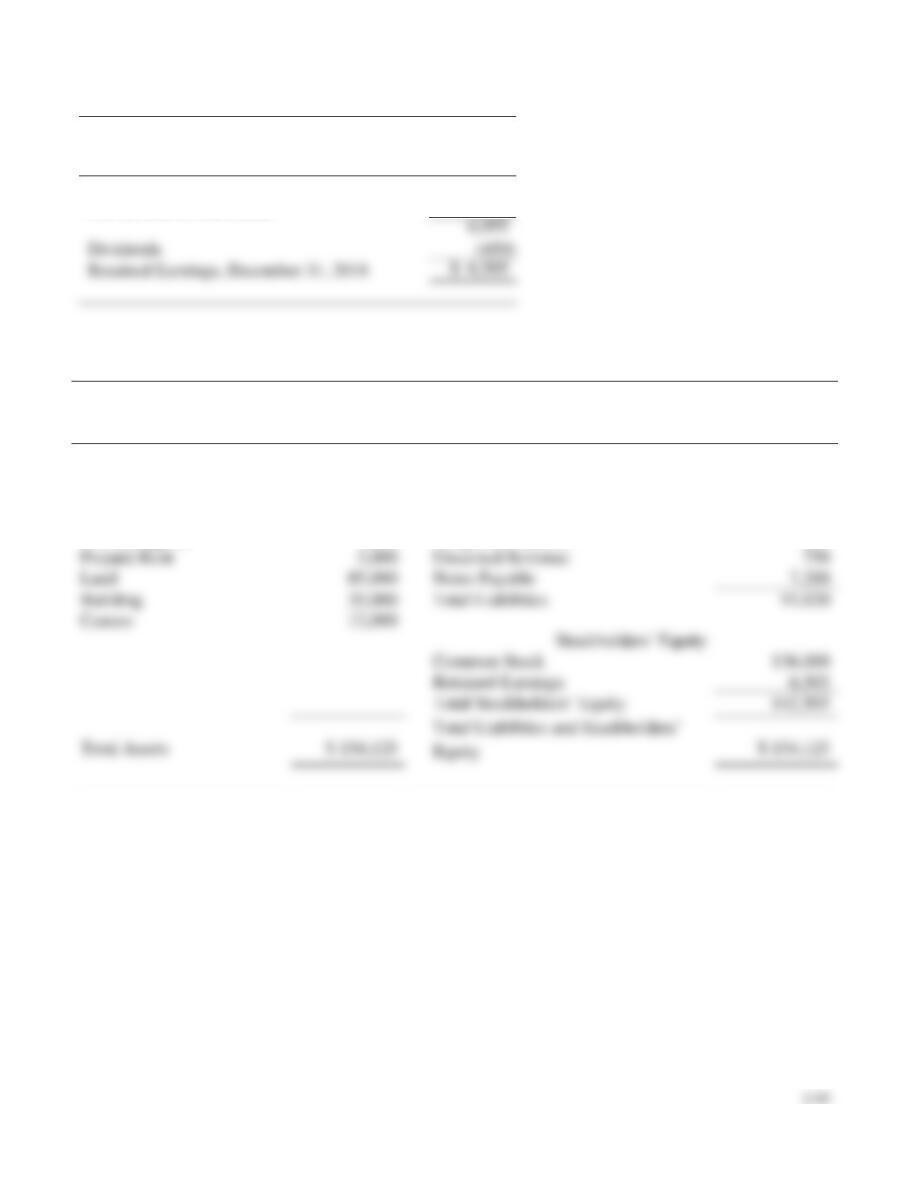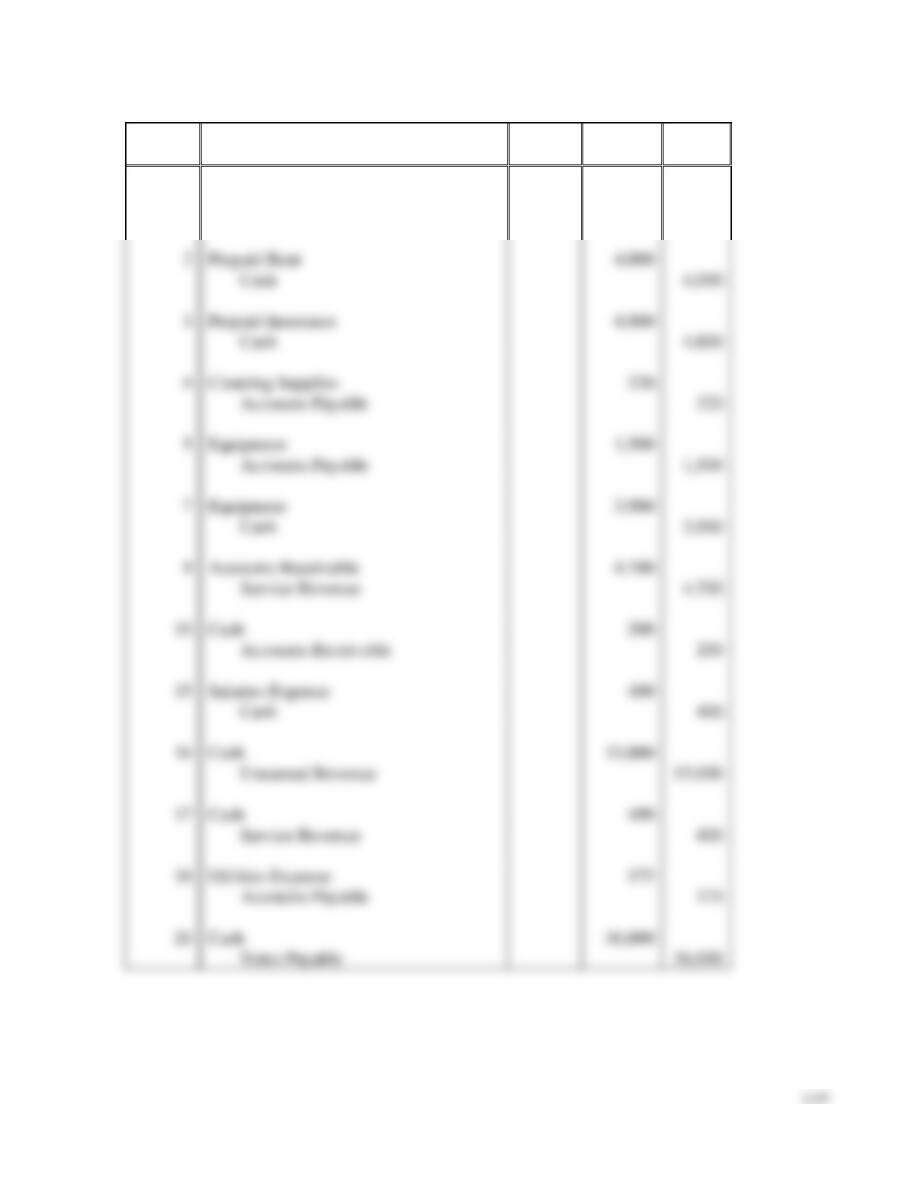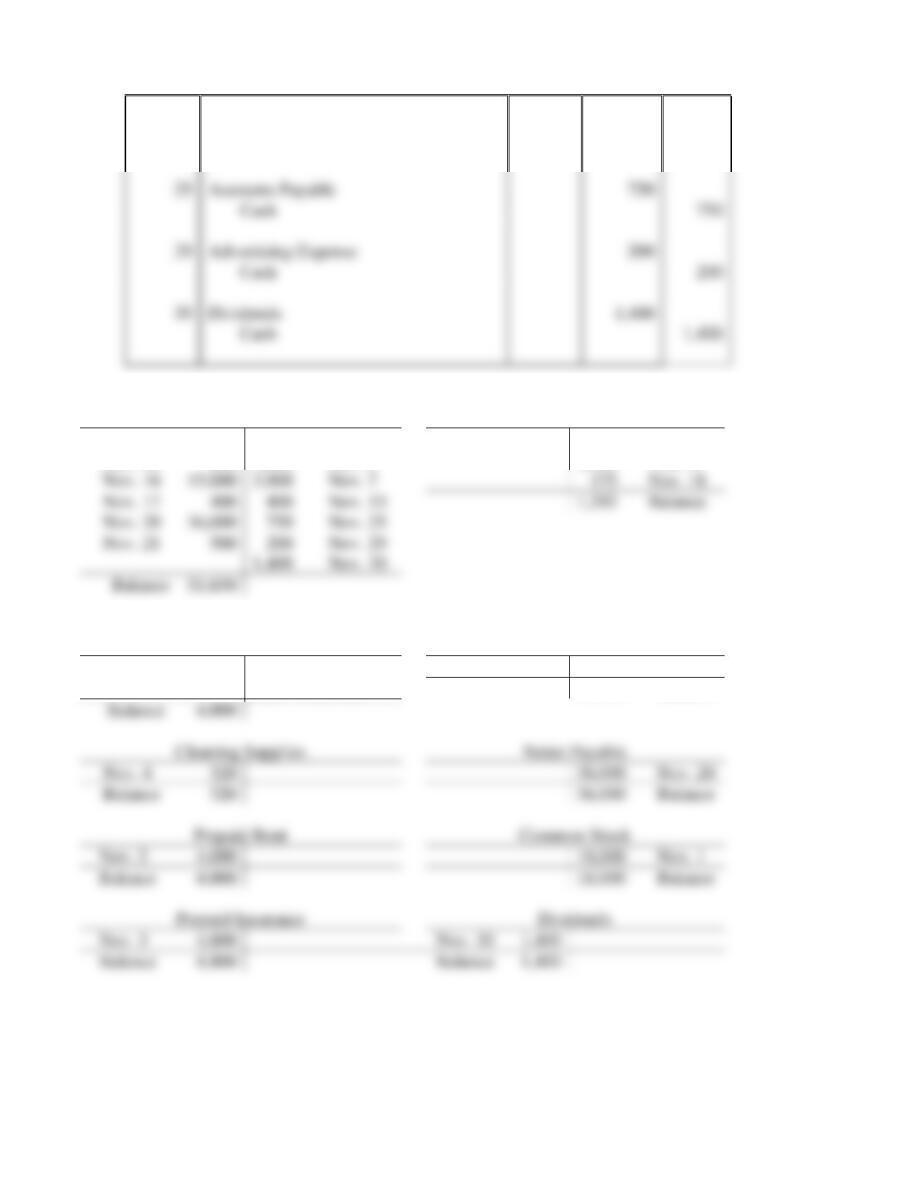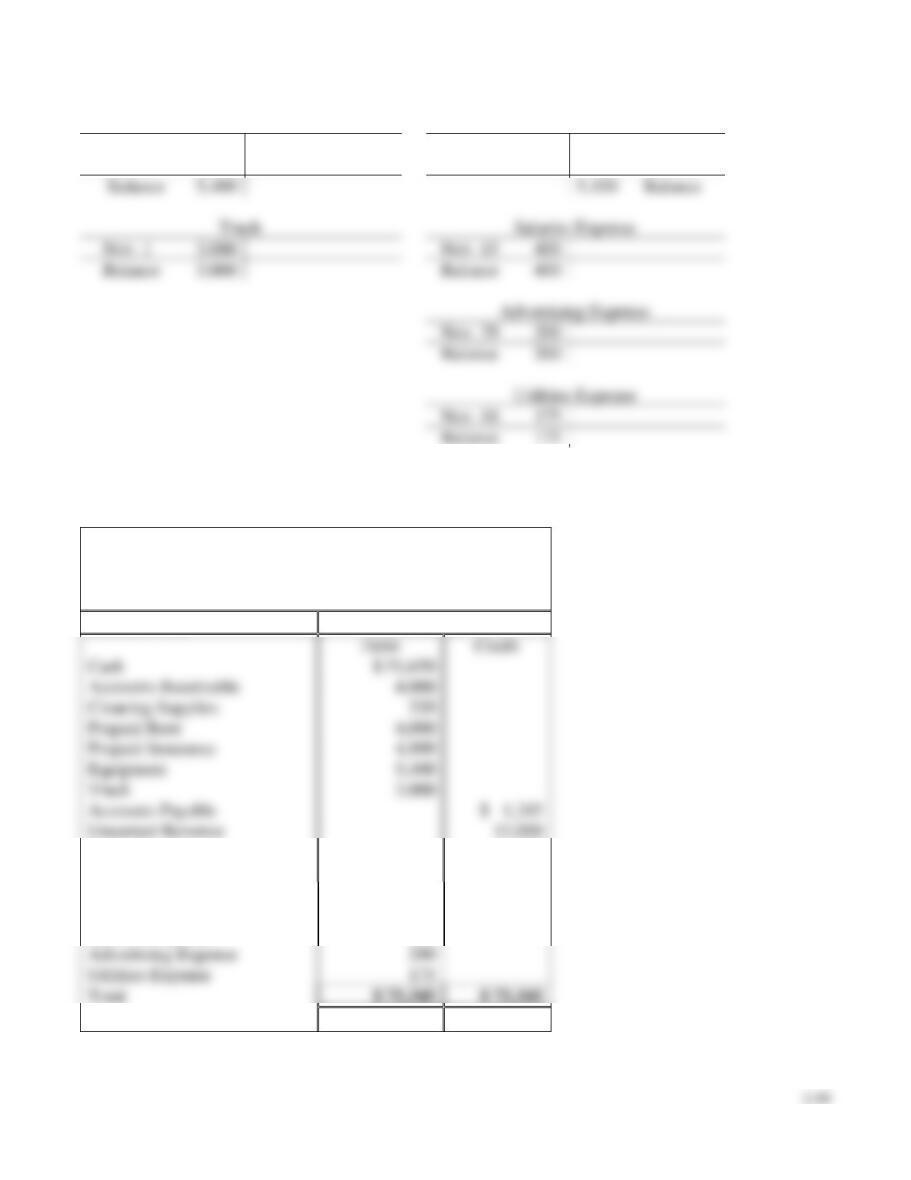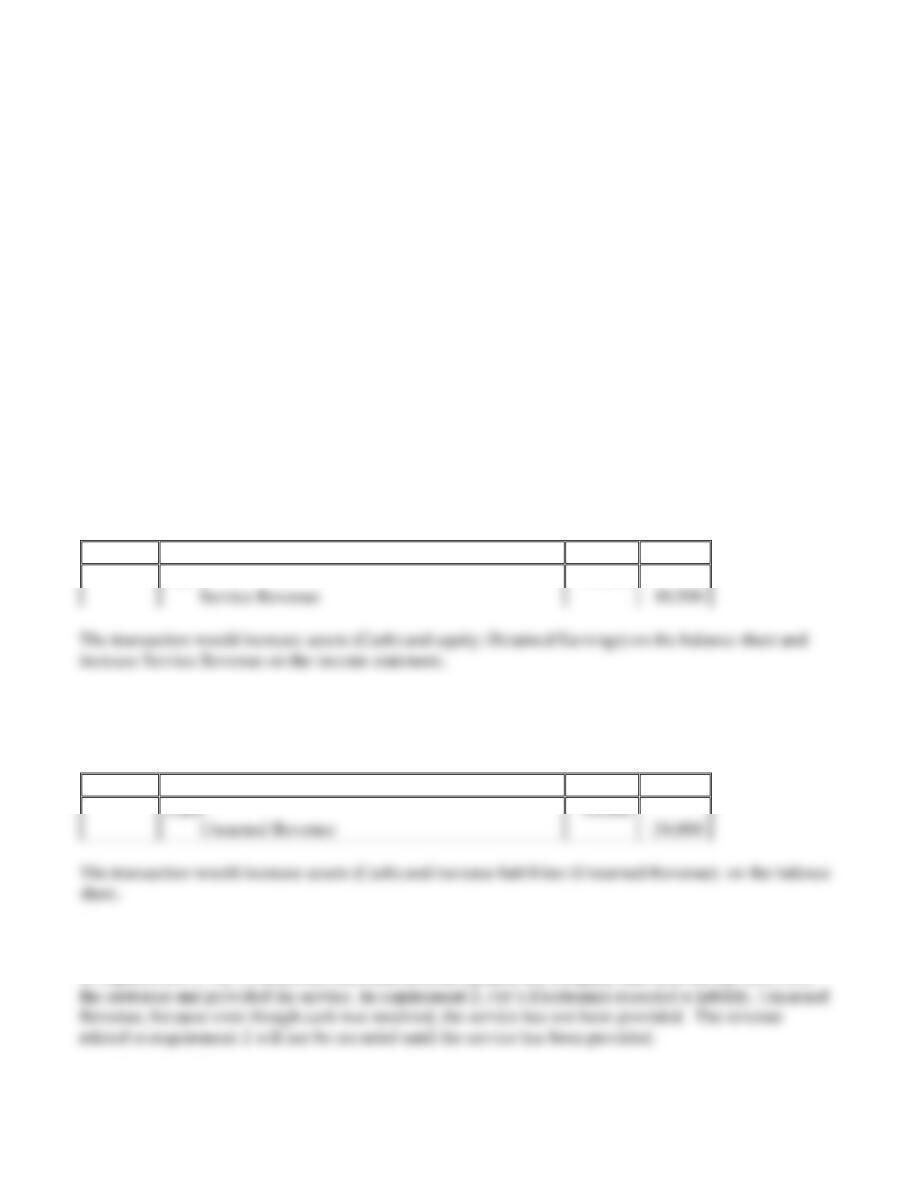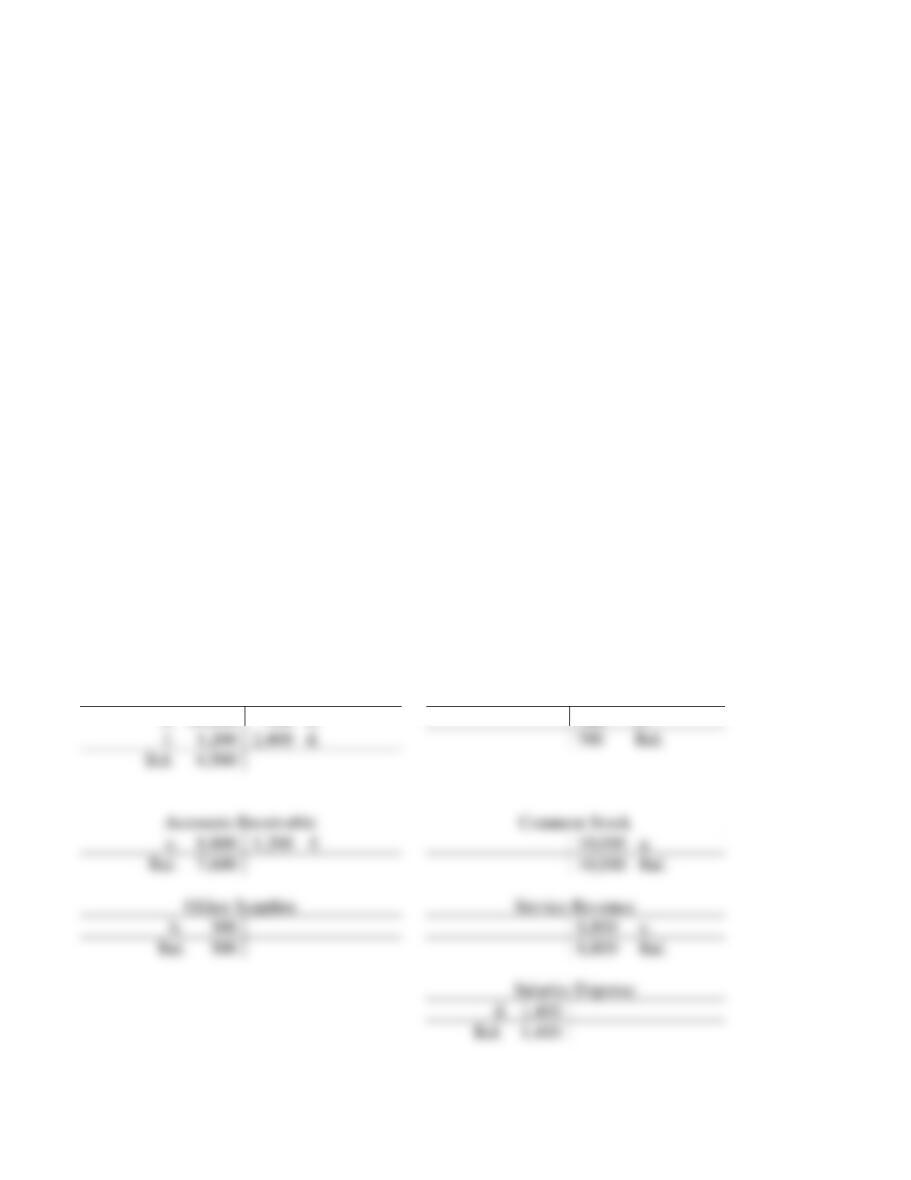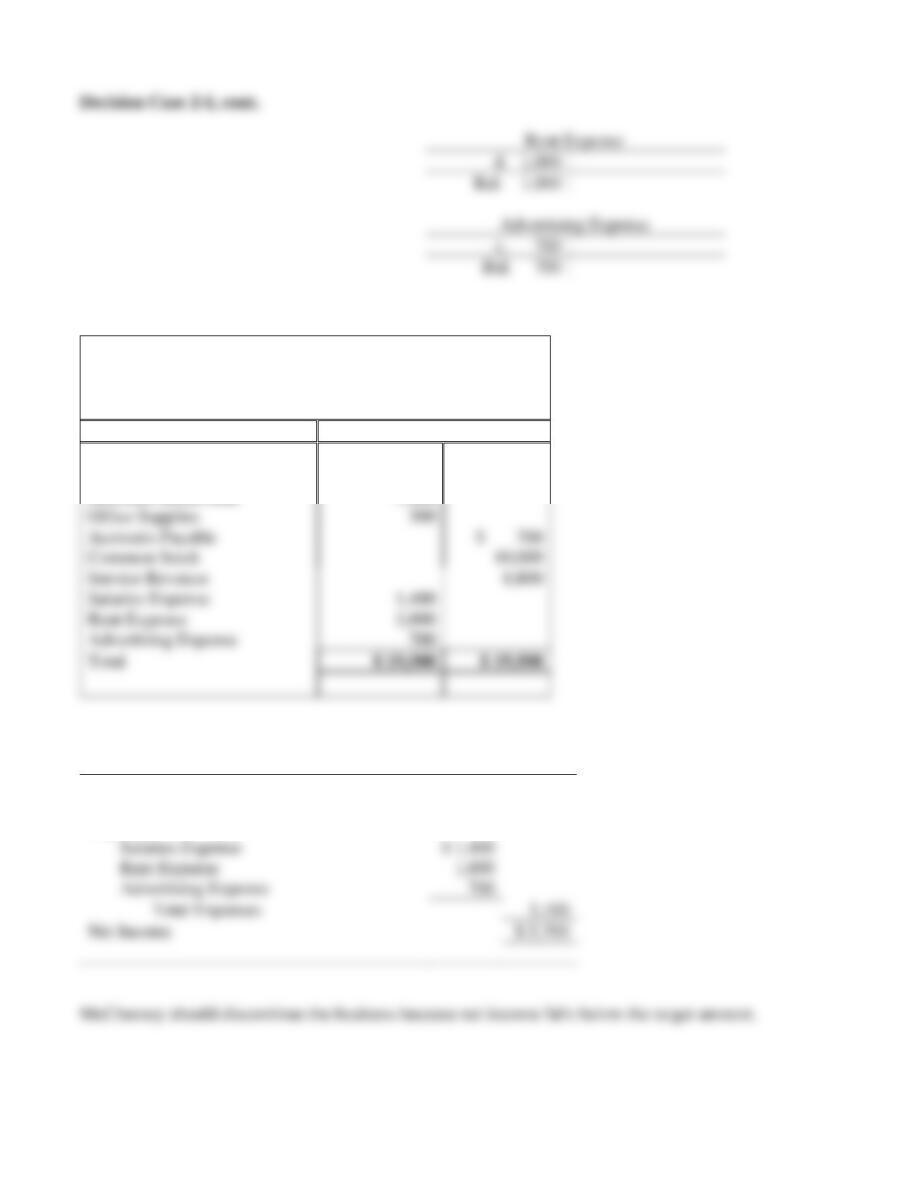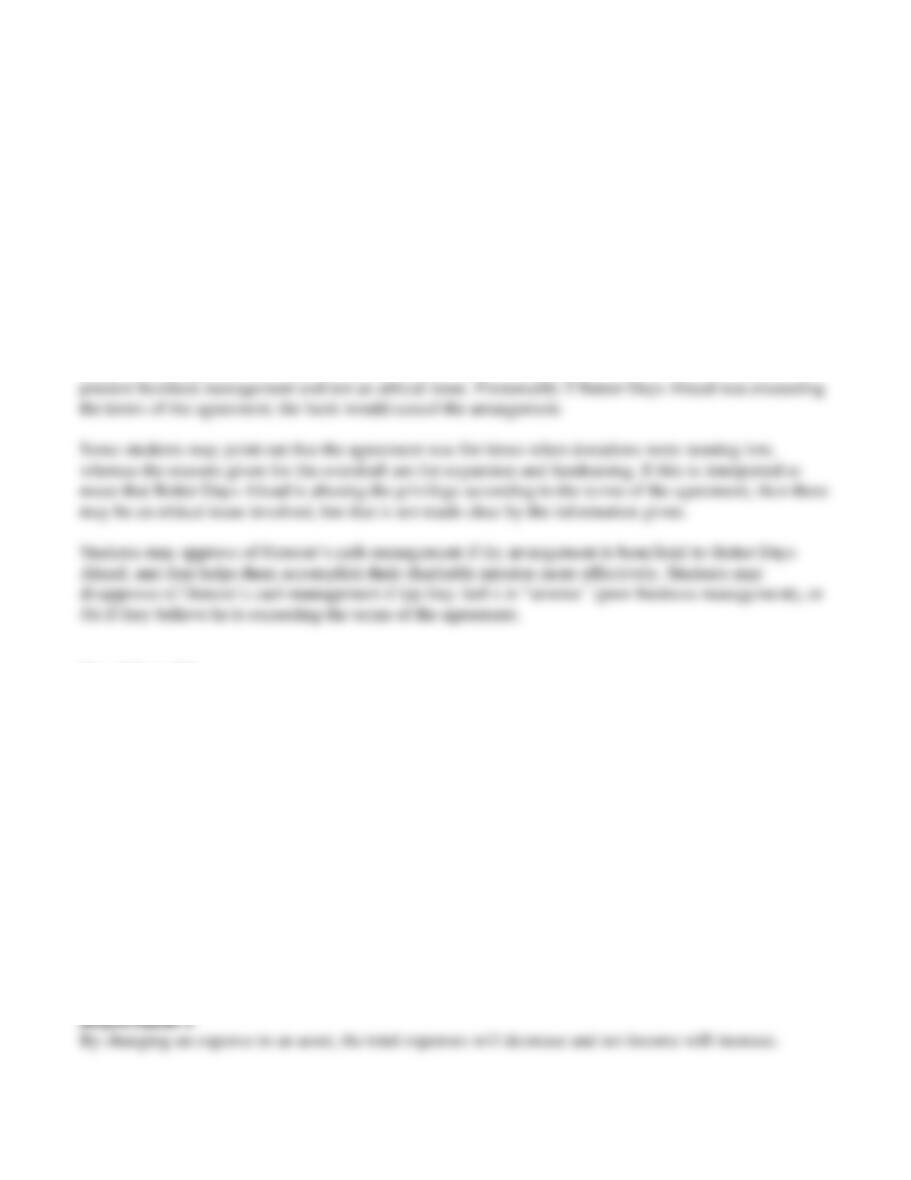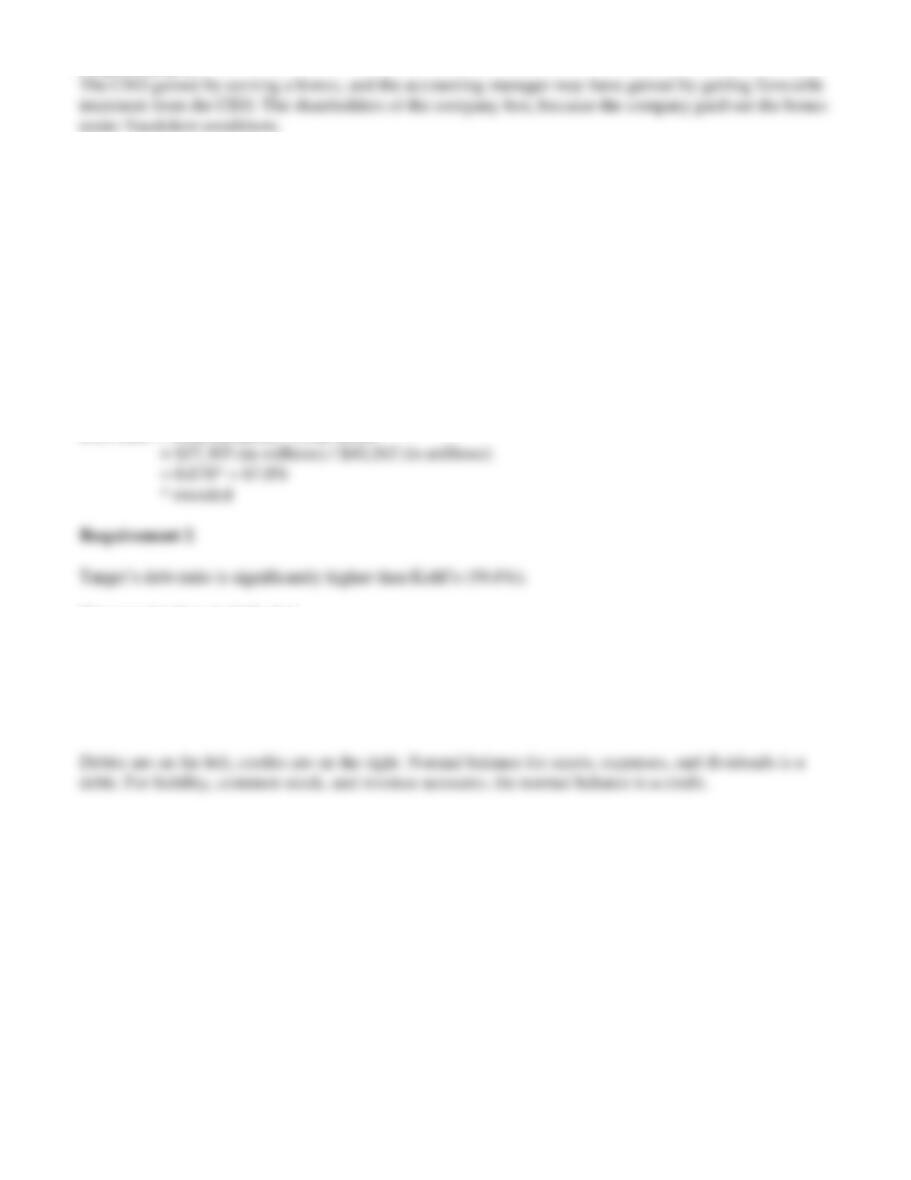Ethical Issue 2-1
Better Days Ahead, a charitable organization, has a standing agreement with First National Bank. The
agreement allows Better Days Ahead to overdraw its cash balance at the bank when donations are
running low. In the past, Better Days Ahead managed funds wisely and rarely used this privilege. Jacob
Henson has recently become the president of Better Days Ahead. To expand operations, Henson
acquired office equipment and spent large amounts on fundraising. During Henson’s presidency, Better
Days Ahead has maintained a negative bank balance of approximately $10,000.
What is the ethical issue in this situation, if any? State why you approve or disapprove of Henson’s
management of Better Days Ahead’s funds.
SOLUTION
The bank has a standing agreement with Better Days Ahead for overdrafts, so as long as transactions are
compliant with terms of the agreement, there is no ethical issue. The exercise refers to Better Days
Ahead managing funds “wisely.” However, whether funds are managed wisely or not is a matter of
Fraud Case 2-1
Roy Akins was the accounting manager at Zelco, a tire manufacturer, and he played golf with Hugh
Stallings, the CEO, who was something of a celebrity in the community. The CEO stood to earn a
substantial bonus if Zelco increased net income by year-end. Roy was eager to get into Hugh’s elite
social circle; he boasted to Hugh that he knew some accounting tricks that could increase company
income by simply revising a few journal entries for rental payments on storage units. At the end of the
year, Roy changed the debits from “rent expense” to “prepaid rent” on several entries. Later, Hugh got
his bonus, and the deviations were never discovered.
Requirements
1. How did the change in the journal entries affect the net income of the company at year-end?
2. Who gained and who lost as a result of these actions?
SOLUTION









































































